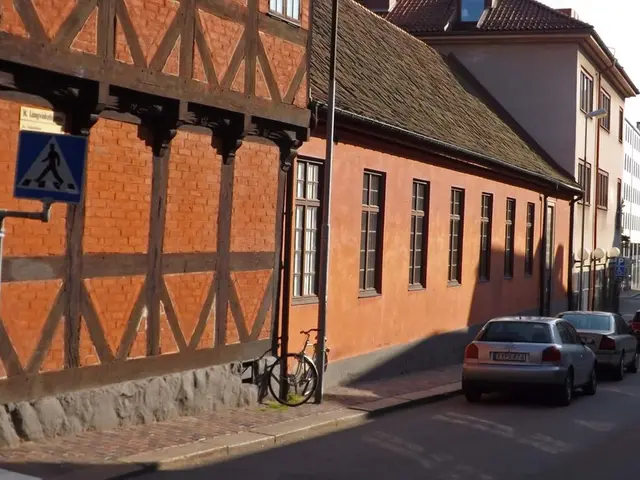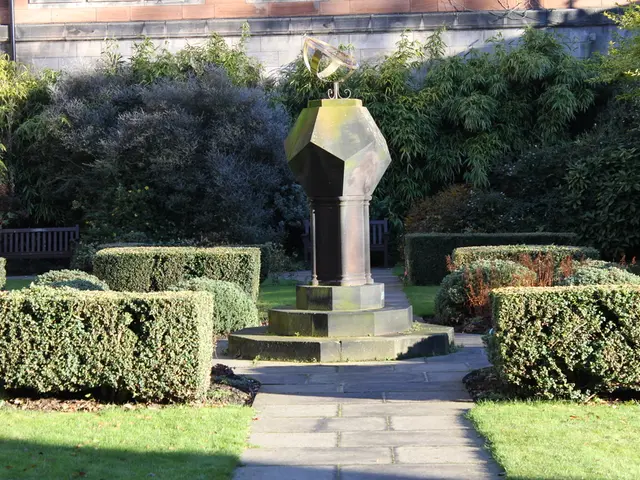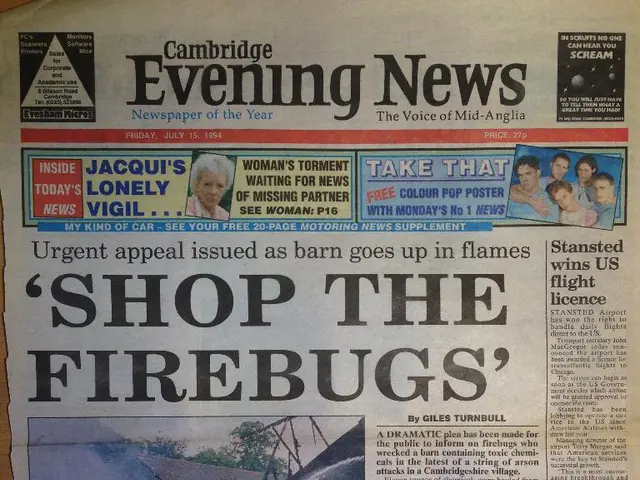Autumn: How to Support Local Wildlife in Your Garden and Balcony
Autumn brings a wealth of opportunities to support local wildlife in our gardens and balconies. From providing shelter and food to ensuring access to water, here's how we can help our wild neighbours prepare for the colder months.
Dr. Claudia Kormann, a wildlife researcher, advises that autumn is the perfect time to create insect hotels on balconies using leaves and twigs. These structures provide vital shelter for insects as the weather turns colder. Similarly, leaves and leaf piles in the garden can serve as homes for hedgehogs, insects, and amphibians. Faded plants and their seed heads also play a crucial role, offering food for birds and overwintering spots for insect larvae.
If you spot hedgehogs, birds, or squirrels in your garden or on your balcony, observe them but avoid disturbing their natural behaviour. Collected hazelnuts, acorns, or beech nuts can be offered to squirrels at a quiet, protected spot in the garden. Fruits like hawthorn berries and wild fruits should not be harvested entirely to ensure a food source for birds. Additionally, provide bowls of water for birds, squirrels, and small mammals, as they still need hydration even in the cold season. If an injured or listless wild animal is found, contact a local wildlife station or a vet for assistance.
By following these simple steps, we can create a welcoming environment for our wild neighbours this autumn. From providing shelter and food to ensuring access to water, our efforts can significantly contribute to the well-being of local wildlife as they prepare for the winter ahead.
Read also:
- ENGIE Expands Battery Storage in Texas & California; White House Proposes Energy Assistance Cuts
- Valmiki Tiger Reserve: A Biodiversity Haven for Wildlife Enthusiasts
- Struggles of Nepal's Himalayan wildlife amidst expanding livestock populations and road networks (opinion piece)
- Social Change Advocates : A Compilation of Zines as Driving Forces








